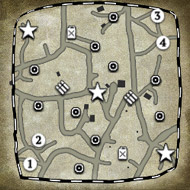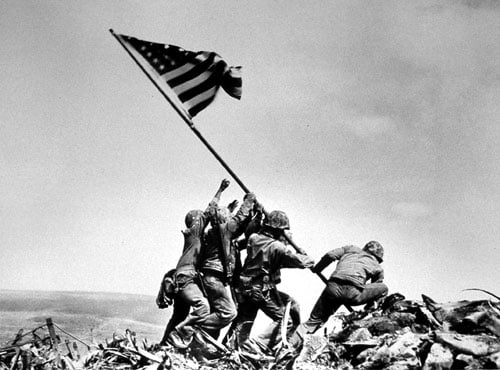I'd kill for a Japanese faction. I've been wanting one since the original CoH. I don't even care if they suck, honestly. I mostly want them for variety's sake and for atmospheric awesomeness (though for the record, I do think it would be possible to make them viable).maybe in CoH 3 im so sick and tired of most ww2 games taking place in europe imo thats too simple...too obvious if i were relic i choose to go against the rules and try something different
Profile of The Big Red 1
General Information
Email:
Register Time: 28 Jul 2015, 22:04 PM
Last Visit Time: 2 Jun 2021, 06:48 AM
Facebook: Crawford Chang
Steam: 76561198009378760
Residence: United States
United States
Nationality: United States
United States
Timezone: America/Los_Angeles
Game Name: The Big Red 1
Email:
Register Time: 28 Jul 2015, 22:04 PM
Last Visit Time: 2 Jun 2021, 06:48 AM
Facebook: Crawford Chang
Steam: 76561198009378760
Residence:
 United States
United StatesNationality:
 United States
United StatesTimezone: America/Los_Angeles
Game Name: The Big Red 1
Livestreams
 |
|
|
104 | ||
 |
|
|
42 | ||
 |
|
|
8 | ||
 |
|
|
131 | ||
 |
|
|
129 | ||
 |
|
|
22 | ||
 |
|
|
18 | ||
 |
|
|
1 | ||
 |
|
|
1 |
Ladders Top 10
-
#Steam AliasWL%Streak
- 1.59682.879+10
- 2.43163.872+9
- 3.14839.791+7
- 4.288162.640+6
- 5.14348.749-1
- 6.18151.780+4
- 7.14365.688+11
- 8.389260.599+3
- 9.18678.705+1
- 10.814466.636+2
Replay highlight
VS
-
 cblanco ★
cblanco ★ -
 보드카 중대
보드카 중대
-
 VonManteuffel
VonManteuffel -
 Heartless Jäger
Heartless Jäger

Einhoven Country


Honor it
14
Download
1376
Board Info
391 users are online:
391 guests
0 post in the last 24h
5 posts in the last week
32 posts in the last month
5 posts in the last week
32 posts in the last month
Registered members: 53885
Welcome our newest member, Kanady83
Most online: 2043 users on 29 Oct 2023, 01:04 AM
Welcome our newest member, Kanady83
Most online: 2043 users on 29 Oct 2023, 01:04 AM










